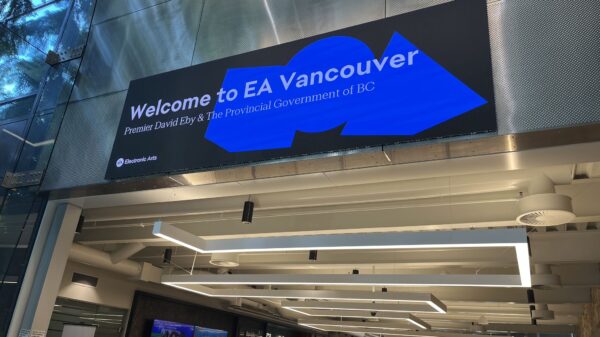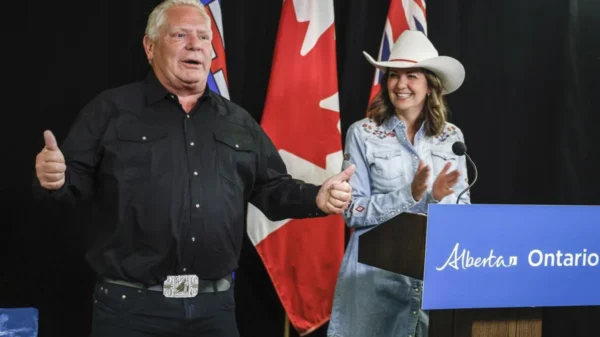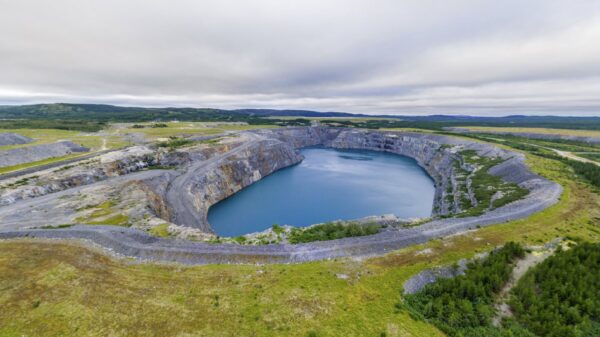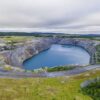Retail cannabis sales kept surging ahead in August across Canada — particularly in British Columbia and New Brunswick — climbing 18.6 per cent over the previous month as more pot shops continued to open.
According to the latest Statistics Canada data, pot shops across the country sold $127.4 million during in August bringing the total unadjusted sales figures up to $807 million in the first 10 1/2 months since legalization began.
“Retail figures will vary as new stores continue to come online and the marketplace continues to evolve in the period following legalization,” the federal agency noted.
Ontario and Quebec, the country’s two most populated provinces, made up the lions share of the sales reporting $33.8 million and $26.8 million, respectively.
But British Columbia and New Brunswick saw the largest month-over-month growth in sales.
On the West Coast, B.C. cannabis sales doubled from July to August, surging from $6 million to $12 million as the number of retail locations also grew. On the eastern shore, New Brunswick saw sales climb almost 60 per cent over the same period, raking in $5.4 million compared to $3.4 million.

Deposit Photos
More stores, more cannabis sales
Legal cannabis sales have been sluggish to say the least in B.C. since pot prohibition ended. On a per capita basis in July, the westernmost province ranked the lowest in Canada with a $1.09 of legal weed sold per B.C. resident. By comparison, Prince Edward Islanders spent $9.55 on average in July, while Nova Scotians spent $5.91.
One of the key reasons why sales have been low in B.C. is a lack of physical pot shops available for consumers. At the start of legalization B.C. offered an online retail service but only had one government-run store open in Kamloops.
However, 86 licensed private retailers, and seven government-operated stores are now open across the province, which is already helping boost sales.
In Alberta, the province has granted more than 300 cannabis store licences, which has helped sales reach roughly $175 million through August. In the same time frame, B.C. has only sold around $37 million.
Black market still giving legal sellers headaches
Analysts also blame B.C.’s weak legal sales on the province’s well-established black market that keeps consumers happy with higher quality, better variety and lower prices.
The second wave of legalization — or Cannabis 2.0 — will bring value-added products like vape pens, gummies and infused beverages which could help drive consumer traffic into licensed stores.

In Ontario, residents spent the second least on legal weed in July at $2.04 on average. But the country’s most populated province has raked in the most cash to date, which is quite the feat considering the Ontario government issued the first 25 stores licences in April.
“More storefronts correlate to more sales and Ontario has bigger population,” cannabis lawyer Matt Maurer told The GrowthOp. “Ontario is going to be the biggest market in the country. It probably won’t even be close by the time it’s all said and done.”
In Canada, total legal sales could reach US$5.2 billion ($6.8 billion) by 2024, and Ontario is expected to rake in the bulk of sales with US$1.84 billion ($2.41 billion), according to BDS Analytics.
So far, however, the more competitive black market is controlling around 80 per cent of sales and Canada’s legal market is on pace to only reach $1 billion in sales in the first full year of legalization.














